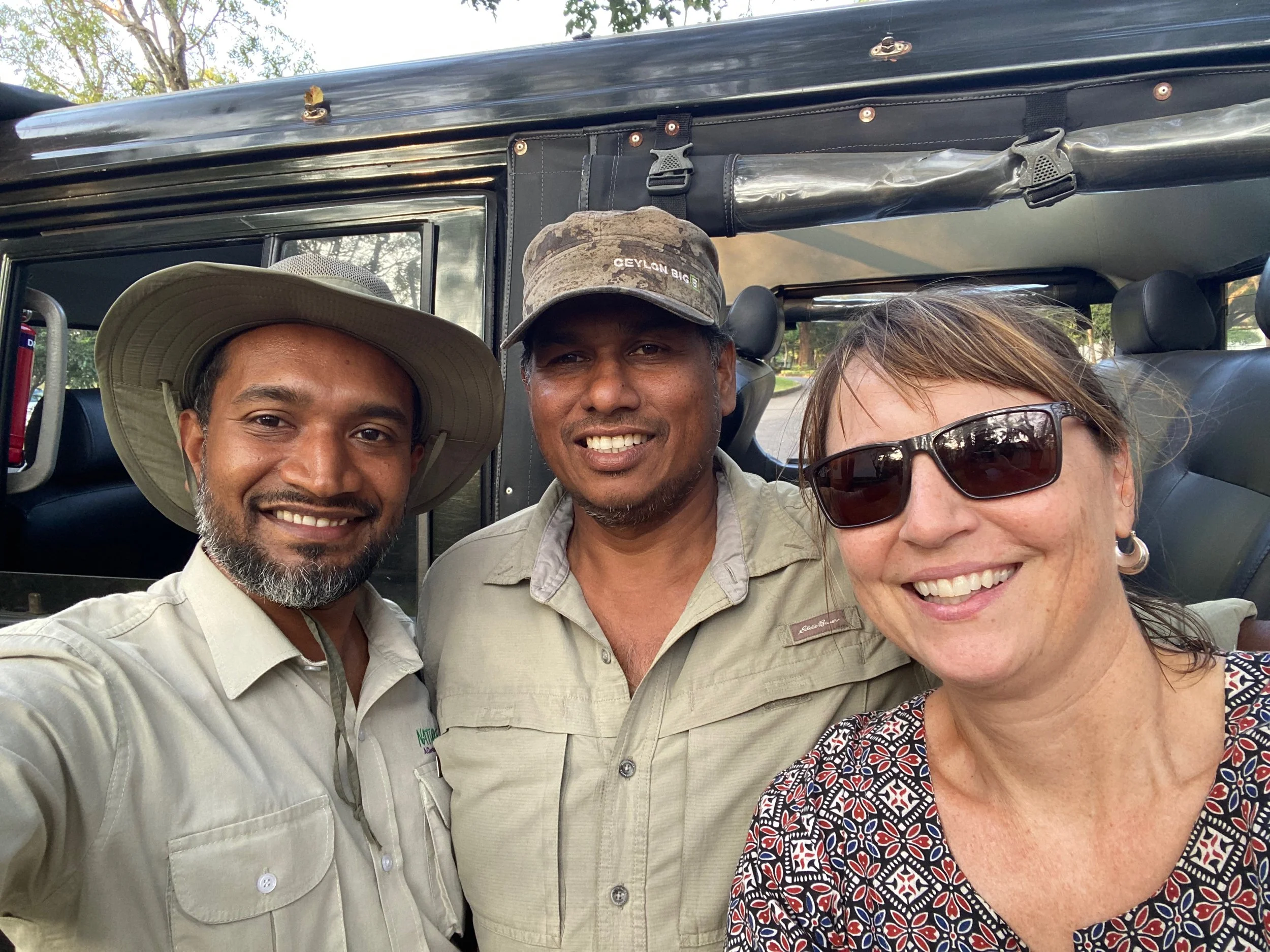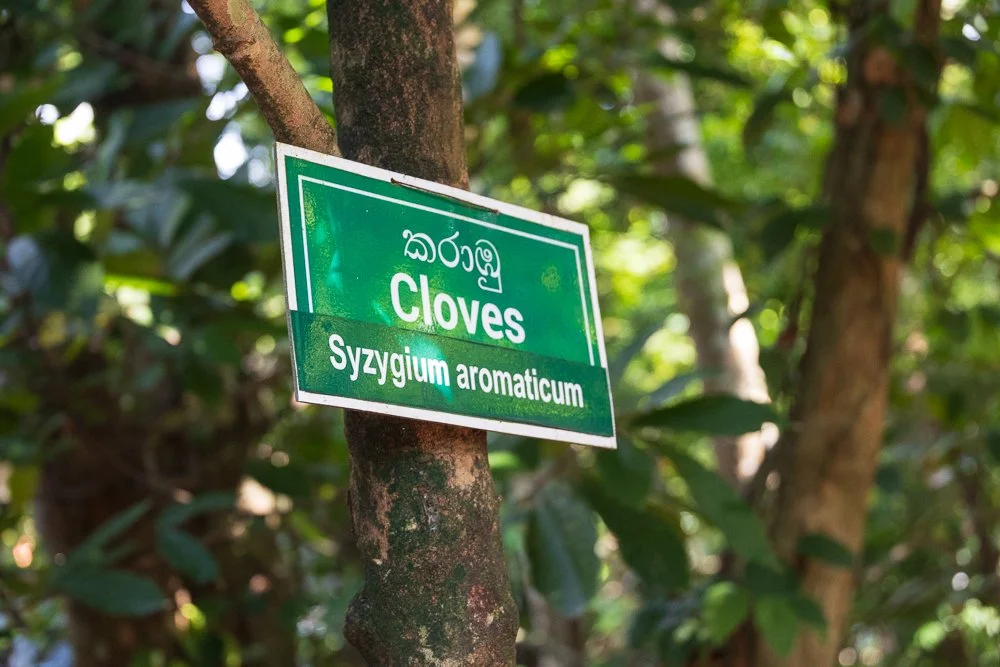While staying in the interior of Sri Lanka, my base was Habarana Village, a resort owned by the Cinnamon chain. I rarely post photos of where I stay (and I’ve stayed in some spectacular places along my Karl journey), but Habarana felt special. It offered a genuine glimpse into life in the middle of Sri Lanka. It feels very much like you're in a small local village, an aspect, as readers of this journey know, I always favour.
Habarana Village by Cinnamon is an eco-resort inspired by the charm of Sri Lanka’s rural landscapes. Designed in a relaxed, village style, it sprawls across 15 acres of lush land bordering a beautiful lake. The sunsets were spectacular, and the sounds of the birds drew guests, equipped with binoculars and cameras, out at all hours.
During the day, I wandered the property following the path of water buffalo...
...or simply watched the constant antics of the monkeys. They were everywhere, clever, curious, and always on the lookout for snacks.
My little bungalow was simple but perfect, cool in the heat, quiet at night, and surrounded by greenery.
While the central location made it easy to explore Sigiriya and the Dambulla caves, one of the biggest draws of Habarana is its proximity to Minneriya National Park, home to Sri Lanka’s famed elephant gatherings.
Sri Lankan elephants are the largest and darkest of the Asian elephants, easily recognized by the patches of pale skin on their ears, face, trunk, and belly. They’re smaller than their African cousins, with more compact bodies and smaller ears. Herds here usually number between 12 and 20, led by an older female, the matriarch.
They eat an astonishing 10% of their body weight each day, roughly 400 pounds of food, and need over 50 gallons of water daily. In the wild, they can live up to 60 years.
I was lucky to be paired with a fantastic guide and an even better driver, who’s been navigating the jungle for nearly 30 years. We took the quieter tracks and saw so many elephants.
And while Karl didn’t spot any elephants, he wrote upon leaving Colombo:
“Wheeling was excellent, the roadway leading past coffee, tea, and banana plantations and an occasional cinnamon garden. The odour arising from these and numerous trees, plants and flowers as well, fill the whole island with a delicious smell, making it, with its delightful climate, an ideal country for a tourist to visit.”
On my way to Kandy, where Karl was also headed, I stopped at a spice garden. These are dotted along the roadside, and while they can be a bit “touristy,” I found them genuinely informative and quite fun.
A guide walked me through clusters of turmeric, vanilla, cloves, cinnamon, and peppercorns. As we wandered, he explained how different parts of each plant—roots, bark, flowers, and seeds—are used to treat a wide range of conditions, from headaches and joint pain to cholesterol and indigestion.
There was even a brief shoulder massage using oils made right there on site. Of course, the tour ends at the shop, and yes, I left with a bag full of balm, teas, spices, and oils. Who could resist?
Next week—we arrive in Kandy!
If you've enjoyed following Karl's journey, please consider sharing this post with others. I've been researching and telling his story since 2016 — it's a labour of love, and every share helps keep this piece of Canadian history alive.
Then get caught up on the rest of our journey, click here for more Karl Chronicles
The Karl Journey is registered as an official expedition with the Royal Geographical Society















